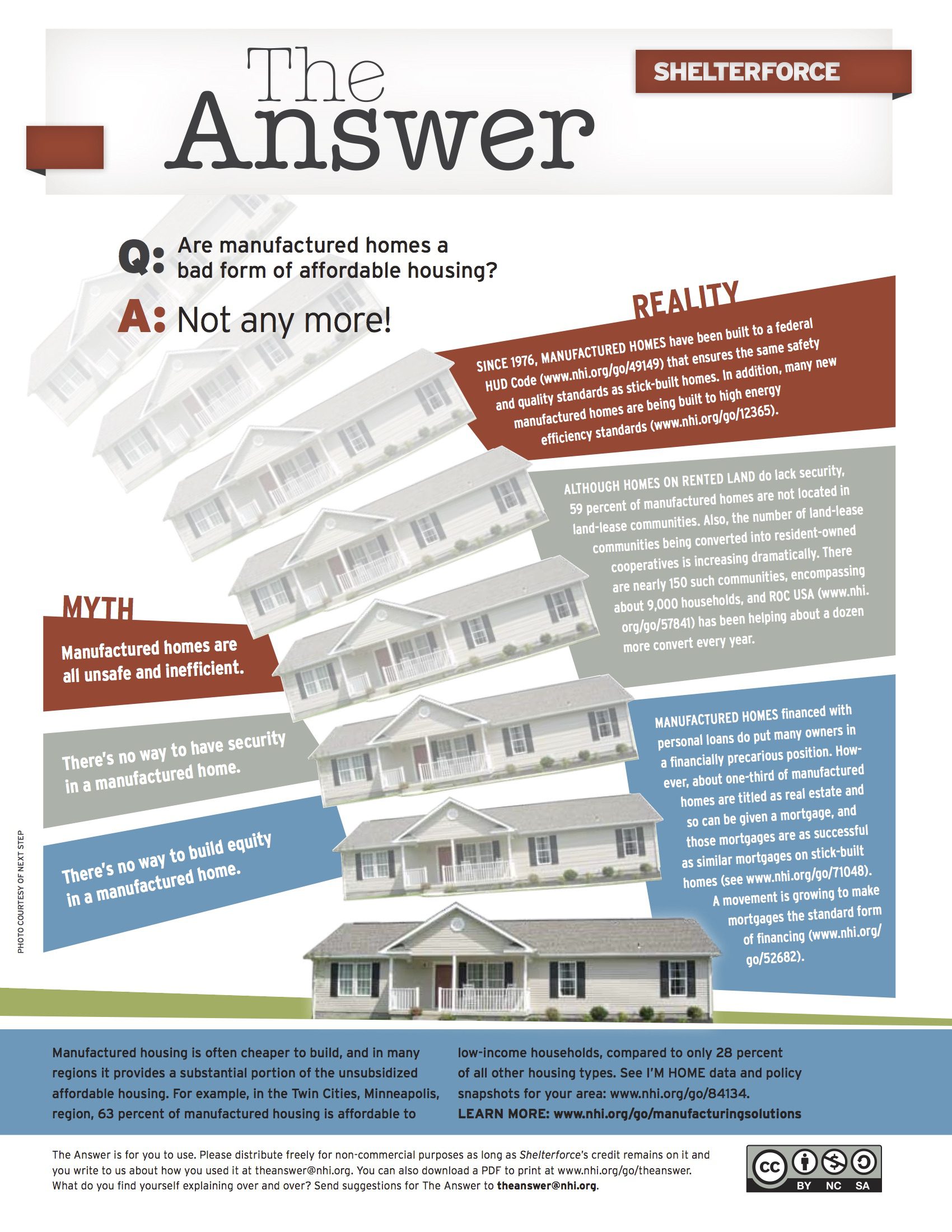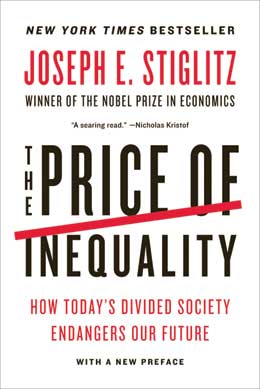
Individual investors like this couple are one of the largest investor groups for New Hamsphire Community Loan Fund. Photo courtesy of New Hampshire Community Load Fund
What does it take for community development financial institutions to reach impact investors as a new source of capital?
Funds from the government and banks are flat or decreasing, while impact investors, who actively seek environmental, community, and or social impacts along with a financial return, control a rapidly-growing asset base — more than $3 trillion at the end of 2011, according to US SIF, the Forum for Sustainable and Responsible Investment.
CDFIs should be an easy sell to impact investors: since the 1970s we have worked hard in low-income places. Our impact track record is impressive, our staffing is strong, and our products and services are creative and effective. We are seasoned financiers who can deliver just the results that impact investors focused on the poor might seek.
But the sell has not been easy. Community development organizations of all types are often challenged to recruit investors outside of the familiar group of their established local supporters. It is difficult in particular to recruit professional financial advisors as a channel to investors.
In 2010, the Triple Bottom Line Collaborative (TBLC) set out to better understand this issue, and to outline the barriers that community development organizations needed to address to reach the burgeoning impact investing sector. TBLC later became the Community Investment Initiative and included a diverse group of CDFIs and affordable housing developers from throughout the United States. (TBLC’s work was funded by the Ford Foundation and its research was completed by myself and Chris Larson.) Here are the basic results of that research, with more recent reflections.
Although affordable housing and CDFI lending offer exactly the social, environmental, and economic impacts sought by socially responsible investors, TBLC’s research identified seven main barriers that currently make it difficult for investors to invest in CDFIs.
As successful as our affordable housing and business lending is for our communities, TBLC found that CDFI lending and affordable housing is largely invisible to the wider world of private investing. TBLC also found that community organizations are frequently written off as a “government programs” or as risky, shoestring operations. Our first job is to visibly position CDFIs (and our borrowers) as effective and well-managed social enterprises.
The low financial rate of return offered by CDFIs can be a drag on an investment portfolio, and it is coupled with perceived high risk. We cannot change the return most CDFIs offer investors at this time (usually 1-4 percent). But we can counter the perception of high financial risk by educating investors on the management capacity within CDFIs, and by pointing to track records of 100 percent repayment of investors.
A significant roadblock to penetrating the conventional investment channels is that CDFIs offer no financial incentive to investment advisors and other investing professionals. In fact, advisors face significant securities compliance issues if they attempt to offer most community development investments to their clients. Only the Calvert Foundation has overcome this barrier with its regulated national product, sold through conventional channels with fees.
Community development investments are often offered through esoteric, non-standard loan documents that are not electronically handled. Most modern investments are accomplished with a few keystrokes online. In contrast, CDFIs use the mail and fax machine to offer and execute loan documents that are completely unfamiliar to most investors. Further, if the investor works through a professional advisor, the advisor must manually track the status of the investment and add it to their client’s overall portfolio. This kind of labor of love has very low acceptability in the conventional investor market.
The Way Forward
TBLC’s research made it clear that socially-motivated investors have different demands than the banks, foundations, and government agencies that have traditionally provided capital to the community development industry. If we can meet impact investors’ needs by addressing the barriers described above, we can develop a significant new source of capital.
A number of CDFIs and larger affordable housing developers now offer securities-compliant notes that are properly registered at the state level where they are offered. These organizations are learning how to communicate compelling impact and risk/financial return stories to investors. Most offerers still find it difficult to recruit mainstream professional investment advisors; however, some boutique impact investment advisors are open to working with CDFIs. And many CDFIs market impact investments directly to foundations, some institutions, and accredited investors with whom they have a relationship.
Right now, these advances in impact investing for community development are incremental. To attract investors at a meaningful national scale will likely require a more coordinated effort among multiple organizations.
Organizations unable to directly join this effort can readily access impact capital by borrowing from the Calvert Foundation. Calvert engages directly in the conventional investment markets with a registered national note product that is widely available to many investors and advisors. The funds are in turn loaned to community development organizations, both directly, and through CDFIs.





Comments